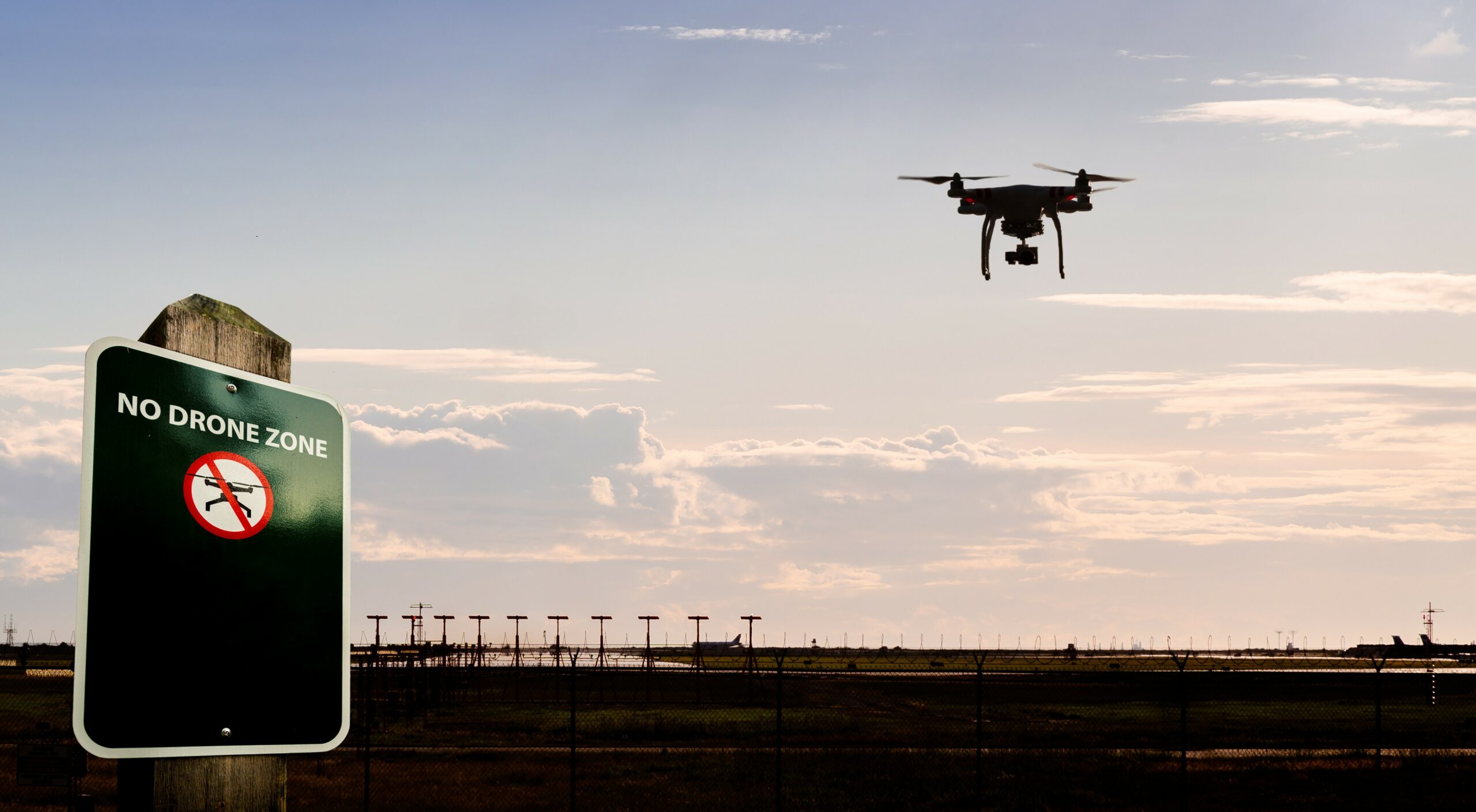As the skies become increasingly populated with drones, ensuring safety and security has become a critical concern. From industrial facilities, (air)ports and prisons to outdoor events, the need for robust drone detection capabilities cannot be overstated. Unfortunately, traditional security measures often fall short in detecting and mitigating the risks posed by unauthorised drones.
In our recent webinar, we explained how SkeyDrone’s Drone Detection as-a-Service offering can protect the airspace above facilities with critical infrastructure or outdoor events from unauthorised drones.
Q&A overview
While the webinar recording doesn’t include the Q&A segment, fear not! We’ve meticulously curated the most burning questions and their insightful answers right here.
Q: Can all kinds of drones be detected? I’m still flying with my old Phantom 4 drone which doesn’t have Direct Remote ID. I guess that means you guys cannot detect me?
A: All drones that operate through an RF-based command and control link, i.e. that have a radio link between the drone and the ground control station operated by the pilot, can be detected. Our system is able to detect both cooperative (= Remote ID equipped) drones and non-cooperative drones.
Q: Is there a minimum height necessary for the UAS to be detected? What about the distance to the sensor and detection?
A: The laws of physics do unfortunately also apply to our drone detection system. We detect drones through a growing network of distributed receivers (please get in touch with us to learn in which regions we already provide permanent coverage). Only drones that are in direct view (i.e. RF line-of-sight) of one or more receivers are successfully detected. We therefore pay great attention to the optimal placement of our receivers. The terrain (profile) and obstacles surrounding a receiver determine the minimum drone detection height, currently ranging from 0 to 50 m above ground level.
Q: Basically, every drone will be detected and need to be labelled manually?
A: The system automatically labels all drones being detected. Labelling includes adding relevant classification and identification characteristics such as drone make & type, serial number, operator registration ID (if available) and so on.
Q: Can you detect drones that are programmed upfront to follow a GPS path without an active connection with an operator?
A: It’s not because a drone is executing an pre-programmed flight path, that it doesn’t have a control link. Even if the drone is flying in an automated mode, it’s still not autonomous. The drone will still have an active radio link with a ground station, whether it’s a portable or a fixed ground station. That radio link (aka command and control link) is being detected and decoded by our system.
Q: Any plans for BVLOS detection and how to locate the pilot in this case? Do you work on detecting 5G drones?
A: Today, most BVLOS flights are still operated via a direct RF link. In these conditions, the pilot’s position can be located, even if it’s far away from the drone. We’re currently working on a passive radar solution to also detect drones operated through a 4G or 5G connection. By the way, most 4G/5G drones are operated by professionals who already supply their telemetry data to SkeyDrone. Such telemetry data exchanges (over the internet) will become one of the standard modes of operation (aka Network Remote ID) in U-space, with SkeyDrone acting as U-space service provider in Belgium and abroad.
Q: Operators in the CRIMINAL category are of highest interest for law enforcement authorities and some are flying self-made drones, part of the 5% of non-commercial drones not detected by your system. How are you tackling this to convince customers?
A: Even when flying a self-made drone, most of them still need some control during the flight by means of an active RF link (for command and control purposes). However, there are definitely some drones that are hard to detect through RF. Depending on the specific risk context (of the area requiring protection) and the outcome of a risk assessment (which should always precede the investment in a drone detection solution), additional risk mitigation measures such as adding other, complementary drone detection technologies (radar, optical) might be recommended.
Q: You were talking about “interception” commands at a certain point in the presentation, but as far as I know, right now regular commercial entities are not allowed to intercept or take over a drone. Also it raises a touchy subject of responsibility.
A: You are probably referring to the use of jammers. The use of such devices is strictly regulated by law (ref.: Article 15 of the Belgian law on Electronic communication dated 13 June 2005, latest update from December 2023) and is reserved for certain categories of public stakeholders (including Defence and police). Criminal drone flights targeting one’s critical infrastructure could be countered by other types of ‘interception’, ranging from a soft interception (i.e. the real-time localisation and capturing of the drone pilot, requiring a close collaboration with the concerned local police force), to some types of hard interception such as using oneself a drone to counter the criminal drone.
Want to learn more about our Drone Detection as-a-Service solution? Take a look at our product page.




